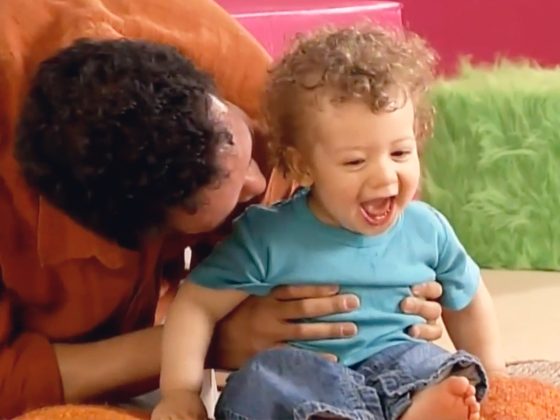
Exploring and Learning
Exploring the world around them helps kids learn new skills.
Watch the video together and create your own obstacle course indoors or outdoors to help kids learn math and language skills!
With babies…
Hold baby in your arms facing outwards so they can see the world around them. As you walk around together, describe your movements using spatial concepts: “We’re walking through the door, underneath the light, and into your room!”
With older children…
Create a simple obstacle course using household objects. For example, you might open up the flaps on both sides of a cardboard box and place it on the floor. Encourage kids to walk around the box, crawl through the box, or, if they’re big enough, step over the box. You can also incorporate other movements such as skipping, hopping, or marching.
With groups of mixed ages…
Encourage older children to help set up the obstacle course as a challenge for you and the younger child. Call out (or let the older child call out) spatial directions (such as “Climb on top of the stepstool!”), and hold the younger child as you move through the obstacles together.
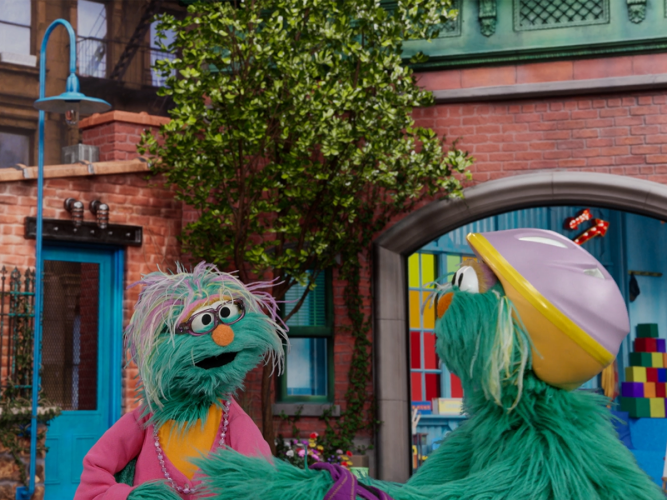
Parenting Moment: Describing
The way you talk with children matters! Your words have power.
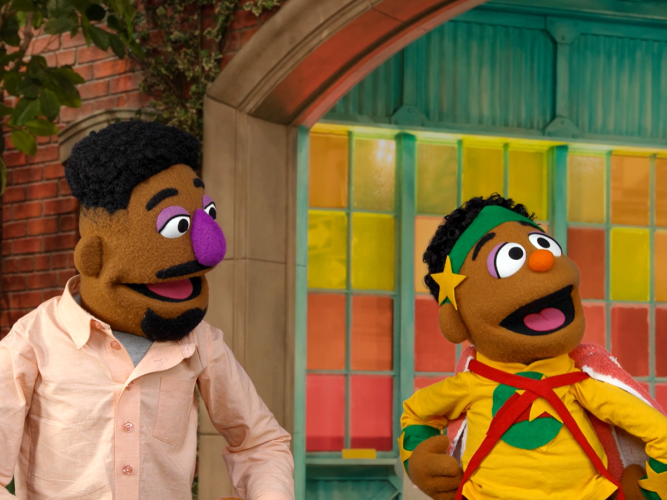
Parenting Moment: Imitating
Playing is learning! The way you play with children matters… your actions and words have power.
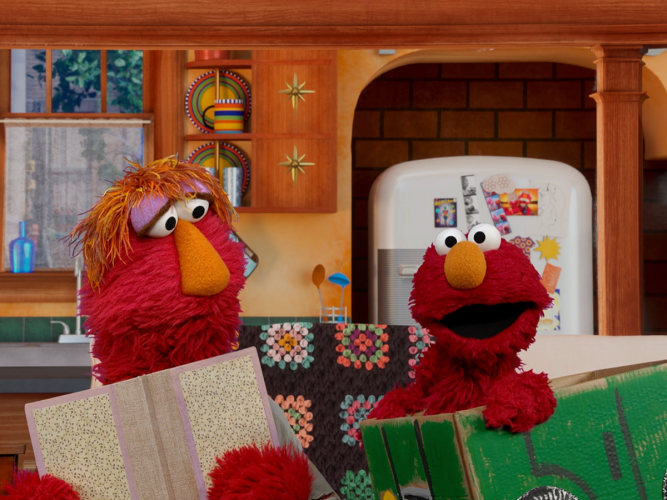
Parenting Moment: Reflecting
The way you talk with children matters… your words have power!
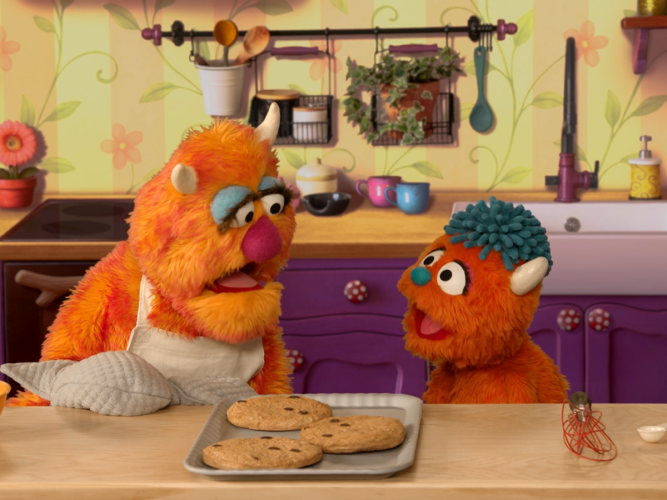
Parenting Moment: Enjoying!
Showing you enjoy your time together with your child builds your special bond. And when you’re being positive, your little one is more likely to do the same.
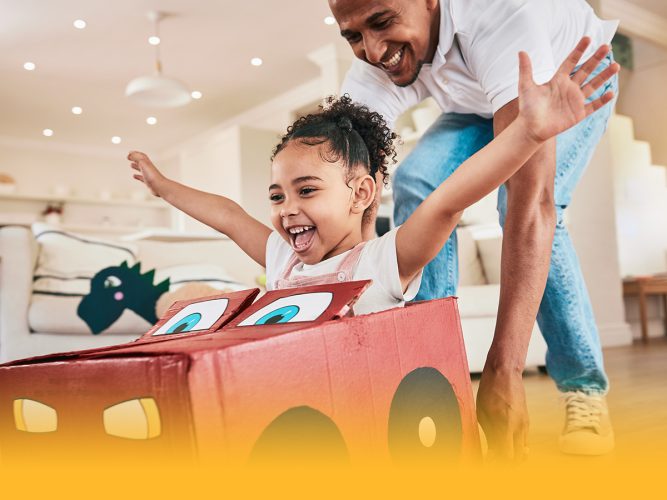
The Power of Following Children’s Lead
Joining children in their play offers so many opportunities to encourage, communicate, bond, spark and share joy, teach, show warmth and kindness, and help them thrive.
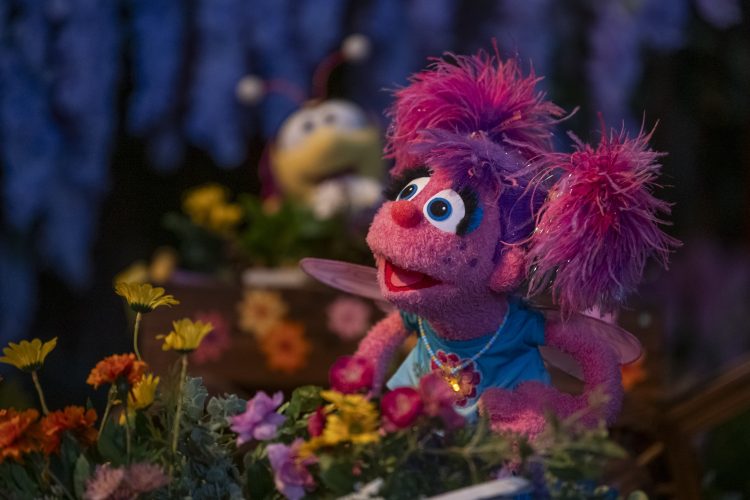
Watch and Play: Abby's Magical Beasties
Watch this episode and explore ways to extend the learning at home.
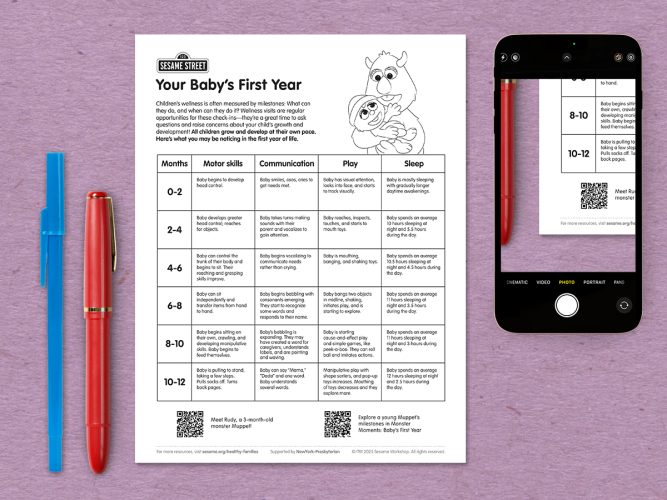
Milestones: Your Baby’s First Year
All children grow and develop at their own pace; use this chart to guide your expectations and observations so you can talk to your child’s pediatrician about questions or concerns.
